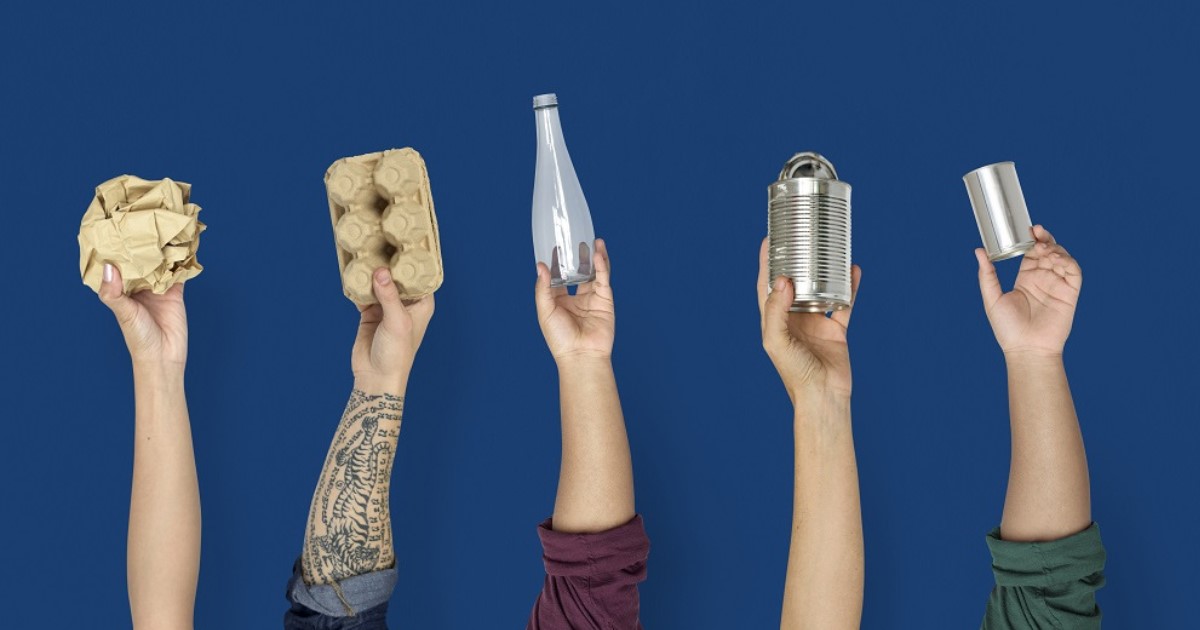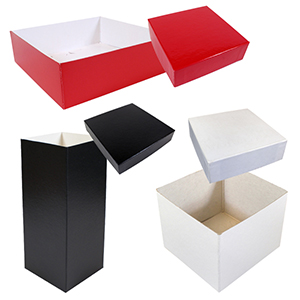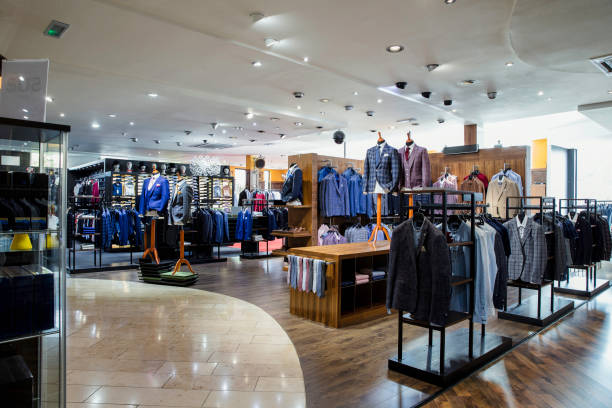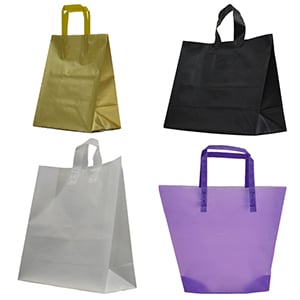Sustainable Packaging | What you need to know

What is sustainable packaging?
Sustainable packaging is all the rave lately. It is expected by consumers and marketed heavily by businesses. You may be asking what qualifies as sustainable packaging and why does it matter? Sustainable packaging is designed to minimize a business’ environmental footprint. To be considered sustainable, packaging is usually made up of 100% recycled materials or is reusable and has a low carbon footprint from start to finish of the production process. Any company that is packaging a product can heavily benefit from choosing to utilize sustainable packaging within their supply chain. This helps build an eco-friendly brand and demonstrates efforts to reduce environmental impact.
What are the types of sustainable packaging?
There are three main types of sustainable packaging: reusable packaging, plant based packaging, and recyclable packaging. Reusable packaging can be shopping totes, plastic containers, or grocery totes. These are all made of non-recyclable material but can be reused to decrease the amount of single use packaging distribution. Plant based packaging is made up of plant-based matter like cornstarch, mushrooms, seaweed, and sugar cane. For instance, this tissue paper is made up of tree fibers from responsibly managed forests. Recyclable packaging uses materials that can be processed again for another purpose, to “recreate” or create something new. These materials are typically paper, card, metal, or glass. Using biodegradable recyclables, like Natural Kraft Mailers, are helpful to the environment as they break down over time.
Why is using sustainable packaging important?
There are a plethora of reasons why sustainable packaging is important. For instance, large- and small-scale environmental changes we are feeling today can be traced to household consumption (Vergura et. Al 2023). Due to a global commitment to sustainability, under the 2030 Agenda for Sustainable Development, there was a conscious shift from “traditional marketing, that relies on abundant resources availability and promotes purchases to meet needs and desires to a sustainable marketing that emphasizes resources' reuse and renewal to counteract their scarcity” (Vergura et. Al 2023). Consumers are becoming increasingly aware of their impact on the environment and how it relates to the way they utilize and dispose of their purchases. To explain further, when a consumer completes a pro-environmental behavior, like recycling, they are more likely to adopt additional pro-environmental behaviors, like purchasing environmentally friendly products (Ha and Kwon 2016). Reseach found that one factor behind this behavior is the motivational belief of environmental concern paired with the self-perception theory. The theory holds that performing a certain behavior may explain a general disposition a consumer holds regarding him/herself that might influence future behaviors. In doing so, consumers are now embracing sustainable consumption practices and are expecting companies to do the same if not better (Vergura et. Al 2023). The mentality around unsustainable packaging in the consumer mindset has changed, it is up to businesses to react.
How do I incorporate sustainability?
It may be daunting to reach out and try new packaging, even more daunting to make a complete swap for eco-friendly packaging. However, there are some ways to incrementally incorporate sustainable packaging in your business. Reducing the size of packages to use less material, properly labeling recyclable materials and re-using packaging when possible are all low-cost ways to reduce your business’ footprint. Partnering with and supporting manufacturers and distributors that have adopted sustainable practices is another way to build a sustainable practice and reputation. The process is not as hard as it seems, and we all benefit from it in the end. Make the swap today and embrace sustainable packaging.
Citations:
Ha, Sejin, and SoYeon Kwon. “Spillover from Past Recycling to Green Apparel Shopping Behavior: The Role of Environmental Concern and Anticipated Guilt.” Fashion and Textiles 3, no. 1 (2016). https://doi.org/10.1186/s40691-016-0068-7.
Vergura, Donata Tania, Cristina Zerbini, Beatrice Luceri, and Rosa Palladino. “Investigating Sustainable Consumption Behaviors: A Bibliometric Analysis.” British Food Journal 125, no. 13 (2023): 253–76. https://doi.org/10.1108/bfj-06-2022-0491.









Validate your login